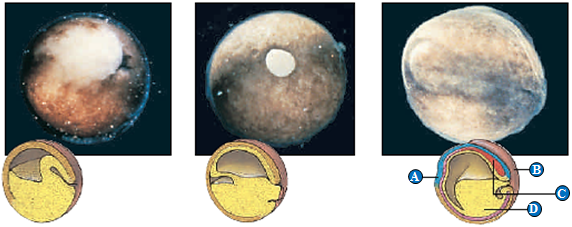Trophic efficiency is _____
A) the ratio of net secondary production to assimilation of primary production
B) the percentage of production transferred from one trophic level to the next
C) a measure of how nutrients are cycled from one trophic level to the next
D) usually greater than production efficiencies
E) about 90% in most ecosystems
Answer: B
You might also like to view...
The primary reservoir for calcium that is released during excitation-contraction coupling in a skeletal muscle fiber is the
A. sarcoplasmic reticulum. B. endoplasmic reticulum. C. transverse tubules. D. Golgi bodies. E. troponin.
What relationship exists between offspring size, number, and parental care?
a. Both more numerous and larger offspring tend to increase parental care. b. More offspring tends to increase parental care, while larger offspring tends to decrease parental care. c. More offspring tends to reduce parental care, while larger offspring tends to increase parental care. d. Both more numerous and larger offspring tend to decrease parental care.
Which of the following is true about glycosylated plasma membrane proteins?
A) Carbohydrate is added only after the protein is in the plasma membrane. B) The carbohydrate usually is one sugar and rarely more than 5 sugars long. C) Only one specific site is glycosylated on each protein. D) N-linked carbohydrates are linked to hydroxyl groups in protein R groups. E) The carbohydrates can be detected experimentally with ferretin-linked lectins.

A. ectoderm B. endoderm C. mesoderm D. neural plate E. yolk